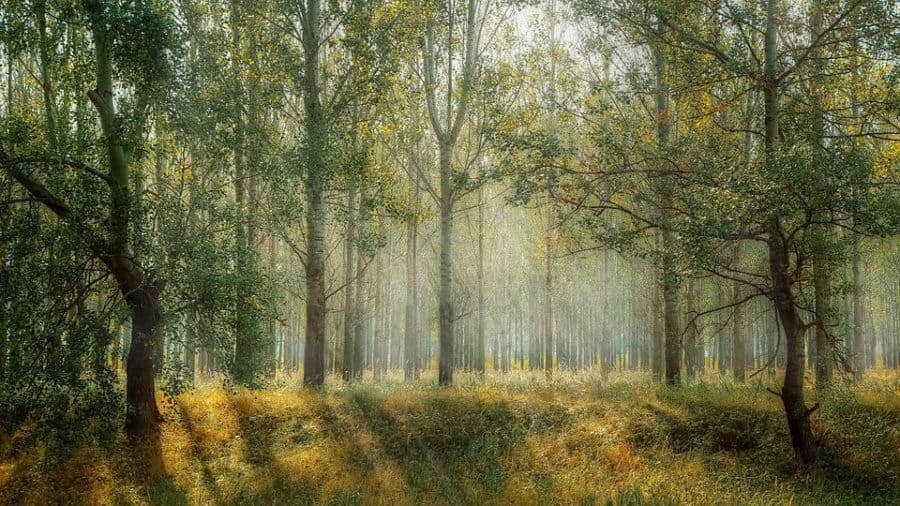In the first study to quantify how many trees the Earth can support, where, and how much carbon they could store, researchers report that Earth could support enough additional trees to cut carbon levels in the atmosphere by nearly 25% – levels not seen for almost a century.
“We all knew restoring forests could play a part in tackling climate change, but we had no scientific understanding of what impact this could make,” said study coauthor Thomas Crowther. “Our study shows clearly that forest restoration is the best climate change solution available today.”
Because trees capture and remove carbon dioxide (CO2) from the atmosphere, widespread reforestation has been considered one of the most effective weapons against climate change. According to the most recent Intergovernmental Panel on Climate Change (IPCC) report, an additional 1 billion hectares of forest will be required to limit global warming to 1.5 degrees Celsius by 2050.
However, it remains unclear if these restoration goals are achievable because researchers do not know how much tree cover might be possible under current or future climate conditions. Here, to explore this, Jean-Francois Bastin, Tom Crowther and colleagues leveraged a unique global dataset of forest observations spanning nearly 80,000 forests, combined with the mapping software of Google Earth Engine, which they used to generate a predictive model to map potential tree cover worldwide under current conditions. Excluding existing trees, agricultural and urban areas, they suggest Earth’s ecosystems could support an additional 0.9 billion hectares of tree cover, which, once matured, could sequester more than 200 Gigatons of carbon, or two-thirds of man-made carbon emissions. The global map of reforestation their study provides is essential for making more effective global-scale restoration targets, and for guiding local-scale restoration projects, the authors say. In a related Perspective, Robin Chazdon and Pedro Bancalion underscore the need to act quickly within a narrowing window of time, as currently forested areas continue to decline, and as reforestation efforts become more challenging in a warmer world.

